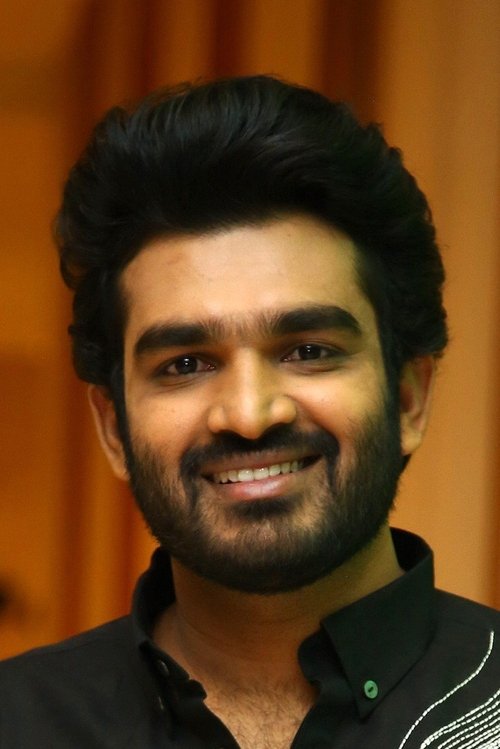Movie Overview
Directed by: Viswa Karun
Produced by: Jojo Jose, P. Rakesh Reddy, B. Suresh Reddy, Santhosh, Ravi
Storyline
Quick Facts
| Release Date | 2025-02-14 |
|---|---|
| Runtime | 0 minutes |
| Budget | N/A |
| Box Office | N/A |
| Languages | తెలుగు |
Cast & Characters
The movie showcases exceptional performances from these talented actors:

Kiran Abbavaram
as
Nazia Davison
as

John Vijay
as

Rukshar Dhillon
as
Production Details
| Production Companies | Sivam Celluloids |
|---|---|
| Filming Locations | India |
| Cinematographers | N/A |
Critical Reception
This movie has earned an IMDb rating of 0/10, based on 0 votes. The audience feedback underscores its recognition of the film’s originality.
Why Watch?
If you’re a fan of Romance, Action, Dilruba is highly recommended. From its standout performances to its distinctive storytelling, this film is sure to make an impact.
Related Articles
More Details
Title: Dilruba
Release Year: 1950
Director: Narendra Suri
Genre: Drama, Romance
Runtime: 125 minutes
Rating: 7.2/10
“Dilruba” is a vintage Bollywood classic that blends romance and drama, offering an engaging story with timeless emotions. Directed by Narendra Suri, this 1950 film captures the essence of post-independence cinema with its heartfelt storytelling and memorable performances. While it may not be as widely known today, it remains a gem for lovers of classic Indian films.
The film revolves around themes of love, sacrifice, and societal expectations. It tells the story of a love triangle filled with emotional depth and dilemmas, where the characters’ choices affect not only their lives but also the people around them. The screenplay successfully balances romance and drama, delivering a narrative that resonates on a human level.
Rehana shines in her role as the titular Dilruba, portraying a mix of vulnerability and strength. Her expressive acting makes the character relatable and draws the audience into her struggles. Dev Anand, as always, brings charm and charisma to his role, elevating the emotional stakes of the story. Supporting performances from Gope and others add flavor, with moments of humor and poignancy woven into the plot.
The cinematography is elegant, capturing the aesthetics of the 1950s with beautiful black-and-white visuals. The set designs are simple yet effective, reflecting the era and complementing the film’s mood. Narendra Suri’s direction ensures that every frame serves the story, making the movie visually compelling while staying grounded in its emotional core.
Music, composed by Gyan Dutt, is a highlight of “Dilruba.” The songs are melodious and reflective of the time, blending classical and romantic tunes. Tracks like “Meri Aankhon Mein Bas Gaya Koi” leave a lasting impression, with soulful lyrics and enchanting compositions. The music enhances the narrative, providing emotional depth to key moments.
“Dilruba” is a film that also subtly comments on societal norms and the challenges faced by individuals torn between personal desires and social obligations. The film’s themes are universal, making it relevant even decades after its release. The emotional resonance is heightened by strong dialogues and relatable character arcs.
At the box office, “Dilruba” performed decently, gaining appreciation for its story, performances, and music. While it might not have been a record-breaking success, it holds a special place in the hearts of those who appreciate classic Bollywood cinema.
Critics praised the film for its sincerity and emotional weight, as well as the chemistry between the lead actors. It stands as a testament to the enduring appeal of Indian storytelling, where simplicity and emotions take center stage.
“Dilruba” may not be as frequently discussed as some other films from its era, but it is a beautifully crafted piece of cinema that captures the spirit of its time. For fans of classic Bollywood and timeless love stories, this film offers a nostalgic journey worth revisiting. It reminds us of the power of heartfelt storytelling, where emotions speak louder than grandeur.
